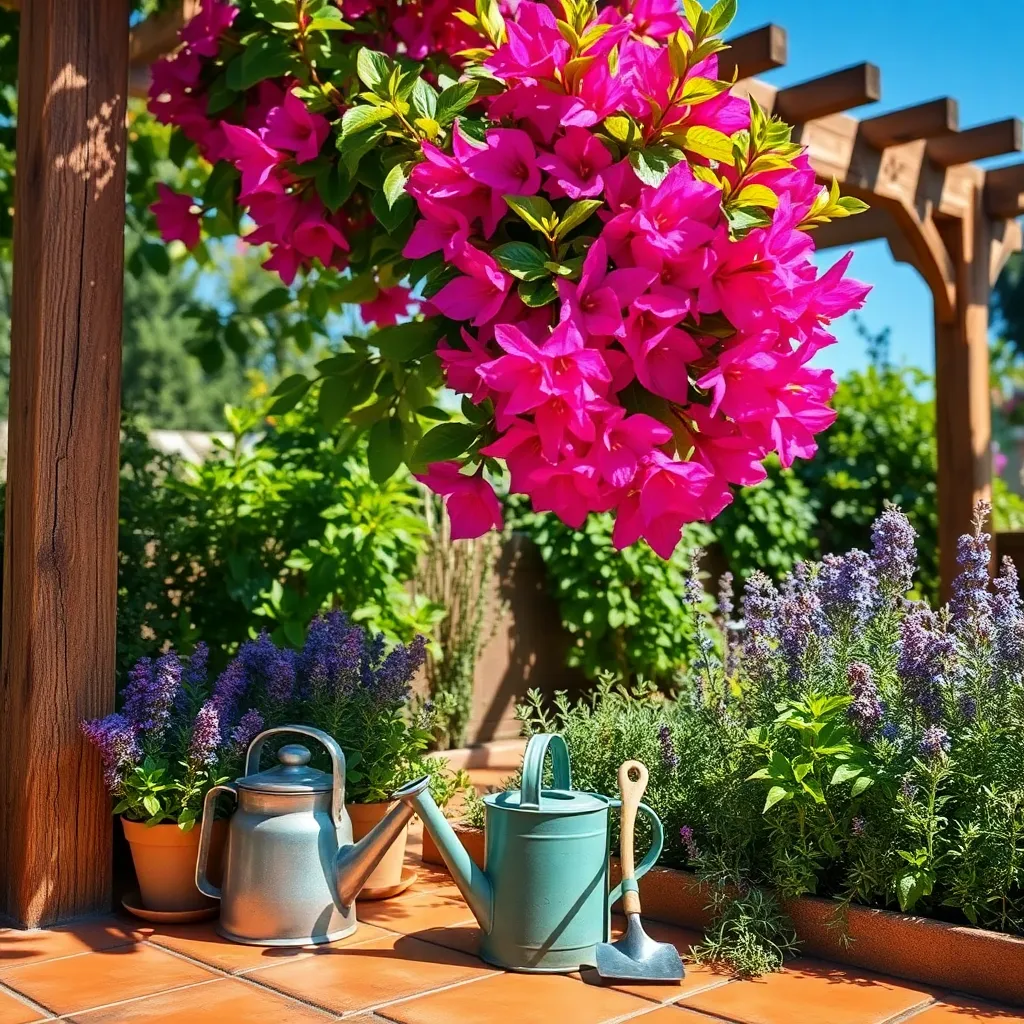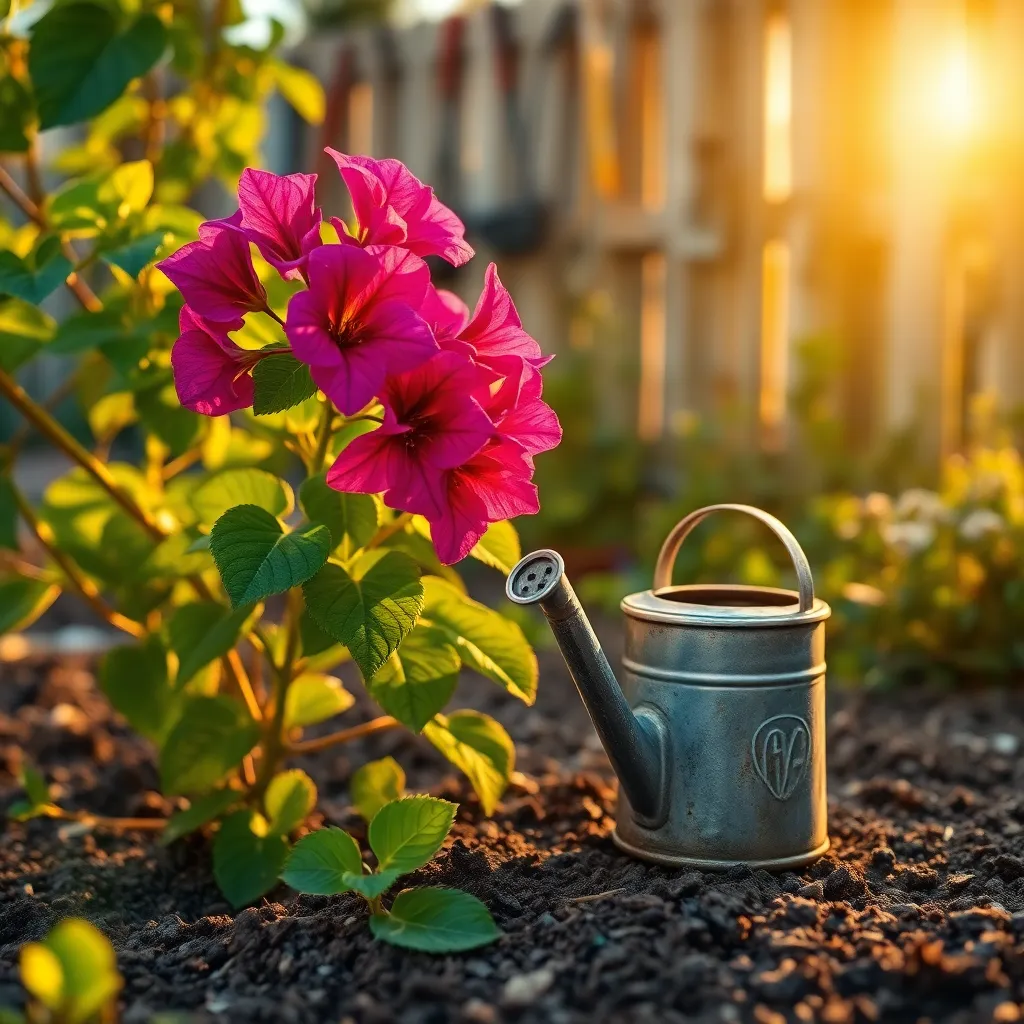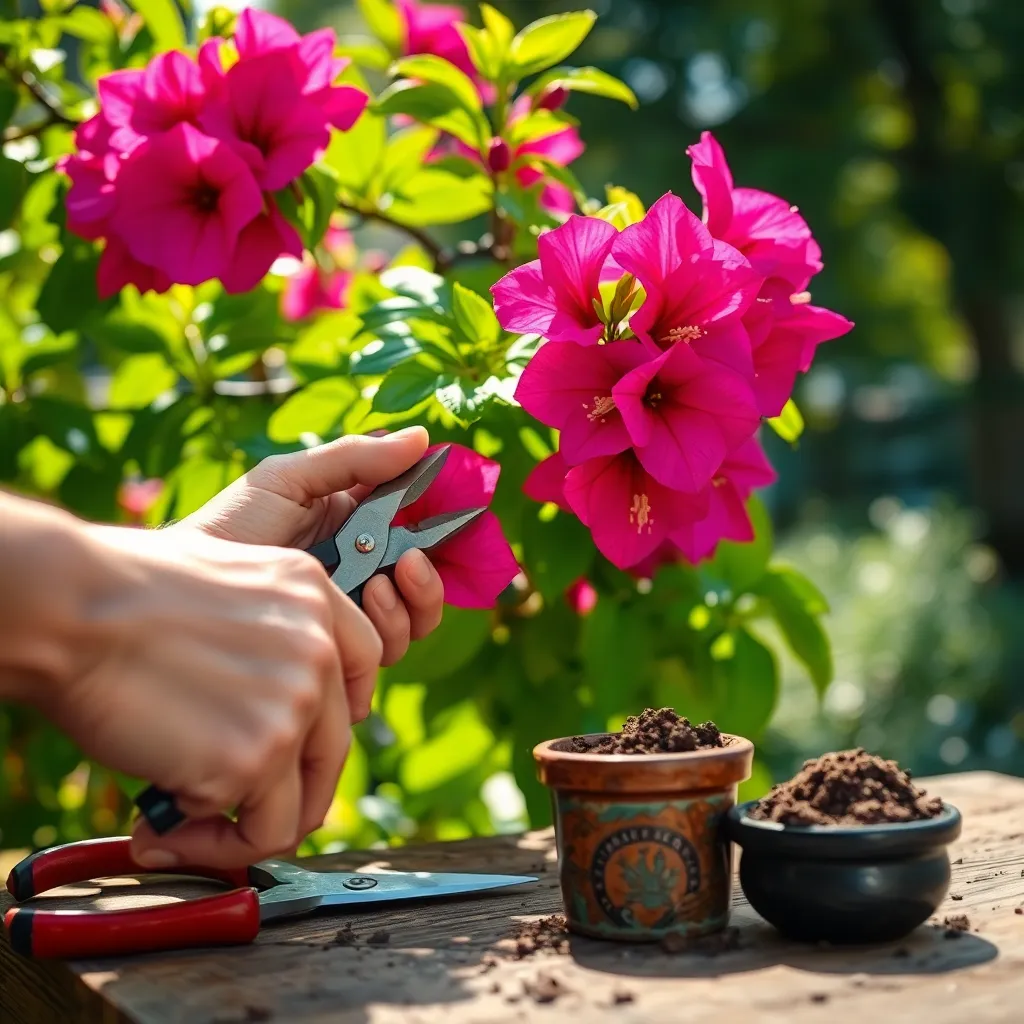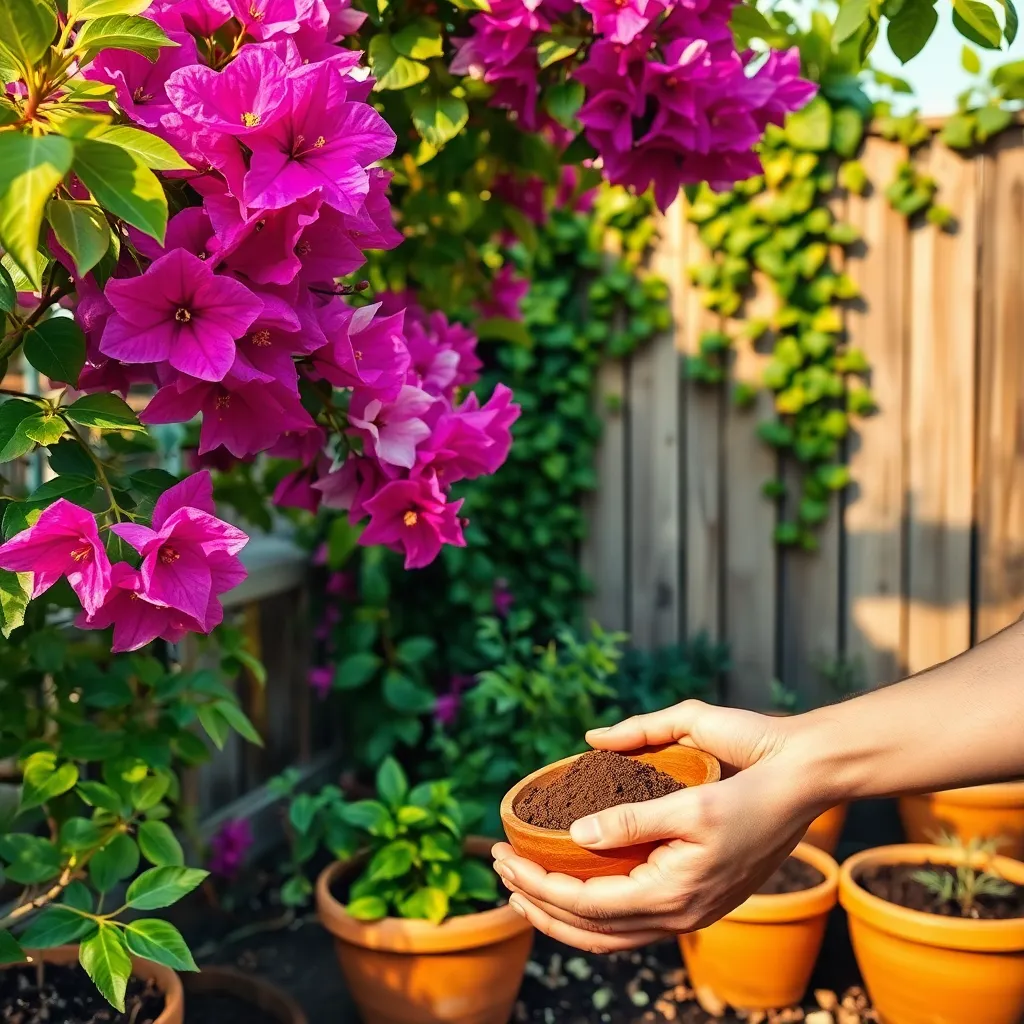There’s something undeniably enchanting about bougainvillea, with its vibrant bracts cascading over walls and trellises, transforming everyday spaces into tropical paradises. Whether you’re a novice gardener taking your first steps or a seasoned green thumb looking to add a burst of color to your landscape, mastering the art of growing bougainvillea at home can be incredibly rewarding and surprisingly simple.
Bougainvillea is not just a feast for the eyes; it’s a testament to the magic of nature’s resilience and beauty. In this article, we’ll explore the essentials of bougainvillea care, from selecting the right variety to fostering an environment where these stunning plants can thrive. You’ll discover tips on soil preparation, watering routines, and pruning techniques that will empower you to nurture a bougainvillea that flourishes with minimal fuss.
As we delve into this colorful journey, you’ll gain insights into the common challenges gardeners face with bougainvillea and how to overcome them, ensuring your plant remains a vibrant centerpiece in your garden. Together, we’ll unlock the secrets to creating a blooming spectacle that not only enhances your outdoor space but also brings you joy season after season. Let’s embark on this adventure together and make your home garden a lush haven filled with the dazzling hues of bougainvillea.
Select a Sunny Location

To successfully grow bougainvillea, selecting a sunny location is crucial. These vibrant plants thrive best in areas that receive at least six hours of direct sunlight each day, which helps encourage robust blooming and growth.
Positioning your bougainvillea on the south or west side of your home can maximize sunlight exposure. Avoid areas with too much shade, as this can lead to fewer flowers and weaker plant structure.
When planning your garden layout, consider that bougainvillea prefers well-draining soil to avoid root rot. You can enhance drainage by mixing in sand or perlite with your potting soil to create a more suitable growing environment.
For advanced gardeners, utilizing raised beds or containers can offer better control over soil conditions and sunlight exposure. Make sure that any container used has ample drainage holes to prevent water accumulation, which can be detrimental to bougainvillea.
Prepare Well-Draining Soil

To ensure your bougainvillea thrives, it’s crucial to prepare well-draining soil. Start by choosing a soil mixture that combines equal parts of sand, peat, and perlite to create the perfect environment for your plant’s roots.
Good drainage prevents water from pooling around the roots, which can lead to root rot. You can test your soil’s drainage by digging a small hole, filling it with water, and observing how quickly it drains; it should empty within a couple of hours.
For those with clay-heavy soil, amend it by mixing in coarse sand or gravel to help improve drainage. A raised bed or container garden is also an excellent option for controlling soil conditions and ensuring optimal drainage for bougainvillea.
Consider the pH level of your soil, aiming for a slightly acidic environment around 5.5 to 6.0. Use a soil pH test kit to check your current levels and adjust as necessary by adding sulfur or lime.
Water Sparingly and Consistently

Bougainvilleas thrive when watered sparingly but consistently, as they are adapted to dry conditions. Overwatering can lead to root rot, which is detrimental to the plant’s health and vibrancy.
To water your bougainvillea effectively, wait until the top inch of soil feels dry before watering again. This approach ensures that the plant receives the moisture it needs without being oversaturated.
During the growing season, typically spring through summer, you might need to water more frequently. Adjust your watering schedule based on the weather conditions and your specific environment, as hotter climates may necessitate more frequent hydration.
In contrast, during the dormancy period in winter, reduce watering to prevent waterlogged soil. By closely monitoring the plant’s environment and adjusting your irrigation approach accordingly, you will promote stronger, healthier growth.
For advanced care, consider using a moisture meter to gauge the soil’s moisture levels accurately. This tool can provide additional insight into when your bougainvillea truly needs a drink, taking the guesswork out of watering.
Finally, mulching around the base of the plant with organic material can help retain soil moisture, reducing the frequency of watering. Mulch acts as an insulating layer, maintaining a stable environment for the roots even during temperature fluctuations.
Prune for Shape and Growth

Pruning your bougainvillea is essential for promoting healthy growth and maintaining its beautiful shape. Start by identifying dead or weak branches, which should be removed to allow more light and air to reach the healthier parts of the plant.
To encourage a fuller appearance, prune the plant regularly during the growing season. Cut back long, straggly branches just above a bud or leaf node to stimulate new growth and create a more compact, vibrant plant.
It’s important to use sharp, clean pruning shears to prevent disease spread and ensure clean cuts. Disinfect your tools before and after pruning with a solution of one part bleach to nine parts water to maintain plant health.
For those aiming to cultivate a specific shape, consider tying branches to guide their growth direction. Use soft ties to gently secure branches without damaging them, adjusting as needed as the plant grows.
Fertilize with Balanced Nutrients

To ensure your bougainvillea thrives, it’s crucial to fertilize with balanced nutrients. A well-balanced fertilizer, such as a 10-10-10 or 5-5-5, provides equal parts of nitrogen, phosphorus, and potassium, which are essential for healthy growth.
Apply the fertilizer every four to six weeks during the growing season, which runs from spring to early fall. This regular feeding schedule helps the plant develop vibrant blooms and maintain lush foliage.
For optimal absorption, water your bougainvillea thoroughly before applying fertilizer. This not only prevents root burn but also encourages the nutrients to penetrate the soil effectively.
Advanced gardeners can benefit by occasionally supplementing with micronutrients like iron and magnesium, which support chlorophyll production and overall plant health. Consider using a liquid seaweed or fish emulsion fertilizer, as these provide additional trace elements that can enhance growth.
Conclusion: Growing Success with These Plants
In nurturing a flourishing bougainvillea, we uncover timeless relationship wisdom: the importance of providing the right environment, understanding needs, ensuring consistent support, fostering resilience through challenges, and celebrating growth. Just as plants thrive with care and attention, so do our relationships when we tend to them thoughtfully.
Take a moment today to reflect on these principles and identify one small change you can make in your relationship to mirror the nurturing process of growing beautiful bougainvillea. Whether it’s setting aside quality time, actively listening, or expressing gratitude, small actions can cultivate deep connections.
Don’t let these insights slip away—save or bookmark this article now, so you can revisit and reinforce these valuable lessons whenever needed. As you continue to nurture your relationships, remember that success is a journey of ongoing growth and mutual support. With each step, you’re building a vibrant, lasting bond that will weather life’s seasons.
Embrace the opportunity to enrich your relationships with the same dedication and passion you would pour into a blossoming garden. Your efforts today will lay the groundwork for a thriving, harmonious future.

